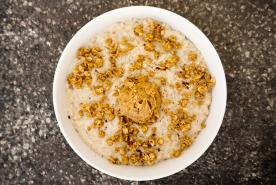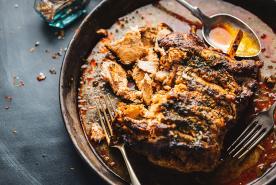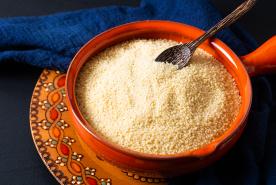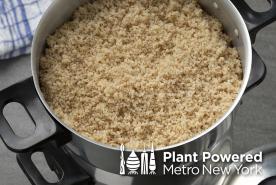November 30, 2022
Explore gout's painful impact on joints and kidneys. Learn its causes, dietary triggers, and risks for high-risk groups, including the Hmong community.
Gout is often known as “the disease of kings,” a nickname rooted in old stereotypes about overeating rich foods and drinking alcohol. But for the 8.3 million Americans living with gout, it’s a painful and complex condition, especially for those with chronic kidney disease (CKD) or at risk of kidney problems.
So what exactly is gout, what causes it, and how is it linked to kidney health?
What Is Gout?
Gout is a form of inflammatory arthritis caused by high levels of uric acid in the blood. When your body can’t get rid of this excess uric acid, often due to poor kidney function, it can form sharp, needle-like crystals in your joints.
The result? Sudden, intense pain, swelling, redness, and stiffness, often in the big toe, ankles, fingers, and knees.
The Kidney Connection: Why Gout and Kidney Disease Go Hand in Hand
Healthy kidneys filter uric acid out of your bloodstream and remove it through urine. But when the kidneys are damaged or not working well, uric acid builds up in the body. This can lead to repeated gout attacks and long-term complications, including kidney stones and further kidney damage.
In fact, gout may be an early warning sign of kidney disease. People with CKD are also more likely to develop gout because their kidneys struggle to remove uric acid effectively.
Gout and the Hmong Community: A Closer Look
According to a Project Summary from the Hmong Gout Genomics Board, gout can affect certain groups at higher rates. Hmong patients in Minnesota are four times more likely to suffer from gout and its complications than non-Hmong individuals.
No one knows this better than Tzianeng Vang, a Minnesota Hmong man who lightheartedly refers to himself as a “professional gout patient” with thirty years’ experience.
Living with Chronic Gout
Decades ago, Tzianeng's ankle hurt after he played soccer, but he dismissed gout as the potential cause. Although he tried to manage it with Tylenol, it didn’t put a dent in the pain.
Eventually, Tzianeng saw a gout specialist. That's when his diagnosis and gout journey truly began. And it has not been easy. After years of chronic gout, he has developed an advanced stage called tophaceous gout. Tophi (Latin for “stone”) appear as concentrated nodules of uric acid under the skin. These formations typically appear in the ears, fingers, and joints.
During an attack, jagged uric acid crystals fire intense pain in his back, neck, elbows, shoulders, fingers, toes, ankles, and behind the knees. Walking is often difficult, along with other everyday tasks, including getting dressed and moving freely without pain.
“I can feel when food triggers a gout attack almost immediately,” Tzianeng explained. “It is like when you turn on a water heater and you hear the hiss through pipes. I feel a sudden heat warm up my joints.”
Subscribe today!
Join the NKF Blog Newsletter
Get inspirational stories and kidney disease resources delivered to your inbox every month. You'll gain practical insights and expert advice to help you better understand and manage your kidney health, no matter where you are on your kidney journey.
Diet, Culture, and Managing Gout
Managing gout often includes:
- Medications to reduce pain and lower uric acid levels
- A low-purine diet (avoiding red meat, organ meat, shellfish, and alcohol)
But for Tzianeng, following dietary advice isn’t easy. Traditional Hmong foods, including pork belly, liver, and gizzards, are high in purines. He also avoids MSG, which is common in sauces and seasonings.
Gout Can Damage Your Kidneys—Here’s How to Stay Proactive
Gout doesn’t just cause joint pain. Uric acid crystals can form kidney stones and lead to long-term kidney damage. That’s why people with gout need to monitor their kidney health.
The National Kidney Foundation (NKF) urges anyone living with gout to talk to their doctor about routine blood and urine tests. Early testing and treatment can protect your kidneys and reduce painful gout attacks.
Learn more about gout and kidney disease.
Thank you to Horizon for your partnership in raising awareness about CKD risk in the Hmong Community.


















